What is the Effect of Smoking on Gum Health?
Smoking is a prevalent habit worldwide, with numerous well-documented health risks. Among these, its detrimental impact on oral health is significant yet often overlooked. Smoking can lead to severe gum problems, contributing to conditions such as gingivitis and periodontitis, which affect millions, particularly in the United States. With the rise of smoking-related oral issues, understanding the relationship between smoking and gum health becomes crucial for individuals wanting to maintain a healthy lifestyle.
The Impact of Smoking on Oral Microbial Balance
One of the primary effects of smoking on gum health is its disruption of the oral microbiome. Healthy gums rely on a balanced ecosystem of microorganisms in the mouth. Smoking alters this balance, fostering the growth of pathogenic bacteria that contribute to gum disease. Studies have shown that smokers harbor a distinct oral microbial profile, increasing susceptibility to periodontal infections. The altered oral environment in smokers is less resistant to pathogens, leading to conditions like gingival inflammation and destructive periodontal disease.
Reduced Blood Flow and Immune Response
Smoking negatively impacts blood circulation, which is essential for delivering nutrients and oxygen to the gum tissue. This compromised blood flow reduces the body's ability to fight off infections and can lead to faster progression of gum diseases. Furthermore, smoking suppresses the immune system, weakening the body’s defense mechanisms. This immune suppression results in a diminished inflammatory response, masking symptoms of gum disease and allowing it to progress unnoticed until significant damage has occurred. Thus, smokers are at a heightened risk of severe periodontal disease, tooth loss, and even jawbone deterioration.
The Role of Smoking in Periodontal Disease Progression
The link between smoking and periodontal disease is well-established, with smokers having a markedly higher risk of developing advanced gum diseases than non-smokers. Research highlights that smoking contributes to the severity and rate of progression of periodontal disease. The harmful chemicals in tobacco smoke, such as nicotine and tar, disrupt the normal function of gum tissue cells, exacerbate plaque buildup, and hinder healing processes. As a result, smoking not only initiates gum disease but also accelerates its progression, resulting in more severe dental health outcomes.
Aesthetic Consequences and Quality of Life
Beyond health implications, smoking has aesthetic effects on gums that can impact a person's self-esteem and quality of life. Smokers often experience gum discoloration, with tissues appearing gray or brown rather than pink and healthy. This discoloration, coupled with bad breath caused by smoking, affects social interactions and can lead to psychological distress. The cosmetic impact of smoking on gum health emphasizes the importance of smoking cessation efforts for those concerned about their dental appearance and connection to overall well-being.
Strategies for Mitigating Smoking-Related Gum Damage
Given the profound effects of smoking on gum health, it is crucial for smokers to adopt strategies to protect their gums. Quitting smoking is the most effective measure to improve gum health and reduce the risk of periodontal disease. Individuals who quit smoking experience improvements in gum health and a decreased prevalence of oral health issues. Additionally, regular dental check-ups, proper oral hygiene practices, and possibly consulting dental professionals about the impact of smoking on their specific oral health status are practical steps in minimizing smoking-related gum damage.
In conclusion, the impact of smoking on gum health is profound and multifaceted, affecting both the biological and aesthetic aspects of oral health. From altering the oral microbiome to increasing the risk of severe periodontal disease, smoking poses a significant threat to gum health. By quitting smoking and practicing good oral hygiene, individuals can significantly enhance their gum health and overall quality of life. At Dentistry Toothtruth, we encourage smokers to seek support in quitting and prioritize regular dental visits to safeguard their gums against the harms of smoking.

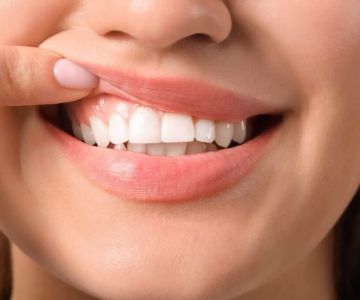
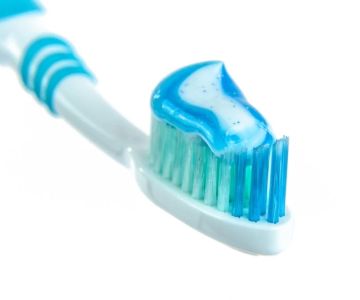
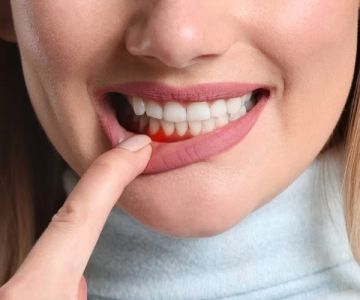
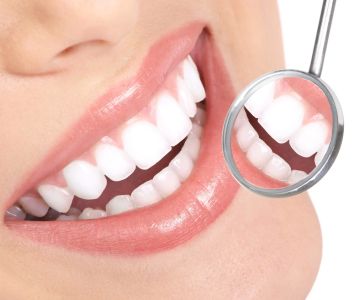

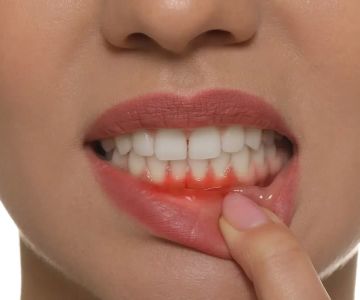
 The Dental Center of Jefferson5.0 (132 review)
The Dental Center of Jefferson5.0 (132 review) Comfort Dental West Mesa - Your Trusted Dentist in Mesa4.0 (696 review)
Comfort Dental West Mesa - Your Trusted Dentist in Mesa4.0 (696 review) West Nyack Dental2.0 (85 review)
West Nyack Dental2.0 (85 review) Streamline Pecos Office5.0 (1 review)
Streamline Pecos Office5.0 (1 review) South Pasadena Dental Group - General Dentist & Cosmetic Dentistry South Pasdena4.0 (76 review)
South Pasadena Dental Group - General Dentist & Cosmetic Dentistry South Pasdena4.0 (76 review) Open Door Family Medical Center- Sleepy Hollow4.0 (215 review)
Open Door Family Medical Center- Sleepy Hollow4.0 (215 review) The Importance of Oral Health Education During Pregnancy for a Healthy Pregnancy
The Importance of Oral Health Education During Pregnancy for a Healthy Pregnancy Best Tips for Brushing Your Teeth Properly for Healthy Gums: Essential Techniques for Oral Health
Best Tips for Brushing Your Teeth Properly for Healthy Gums: Essential Techniques for Oral Health Why Skipping Dental Checkups Can Lead to Bigger Oral Health Problems
Why Skipping Dental Checkups Can Lead to Bigger Oral Health Problems Advantages of Porcelain Dental Restorations
Advantages of Porcelain Dental Restorations How Can Diabetes Cause Tooth and Gum Problems? Preventing and Managing Oral Health Issues
How Can Diabetes Cause Tooth and Gum Problems? Preventing and Managing Oral Health Issues Healthy Habits for Promoting Good Oral Health and Hygiene: Tips for a Healthy Smile
Healthy Habits for Promoting Good Oral Health and Hygiene: Tips for a Healthy Smile